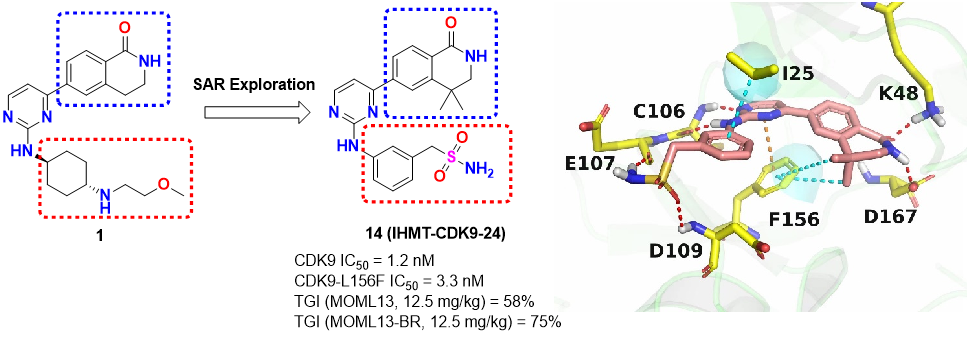2025-05-28 中国科学院(CAS)
 The regulatory model of the FaNAC047-FaNAC058 protein complex in mediating heat-induced leaf senescence in tall fescue (Image by WBG)
The regulatory model of the FaNAC047-FaNAC058 protein complex in mediating heat-induced leaf senescence in tall fescue (Image by WBG)
<関連情報>
- https://english.cas.cn/newsroom/research_news/life/202505/t20250528_1044612.shtml
- https://onlinelibrary.wiley.com/doi/10.1111/jipb.13897
FaNAC047-FaNAC058モジュールはトールフェスクの熱誘導性葉の老化においてクロロフィルの分解と活性酸素種の産生を協調的に促進する FaNAC047-FaNAC058 module coordinately promotes chlorophyll degradation and reactive oxygen species production during heat-induced leaf senescence in tall fescue
Liwen Cao, Yao Chen, Kai Xiao, Liang Chen
Journal of Integrative Plant Biology Published: 28 March 2025
DOI:https://doi.org/10.1111/jipb.13897
ABSTRACT
Leaf senescence can be triggered by various abiotic stresses. Among these, heat stress emerges as a pivotal environmental factor, particularly in light of the predicted rise in global temperatures. However, the molecular mechanism underlying heat-induced leaf senescence remains largely unexplored. As a cool-season grass species, tall fescue (Festuca arundinacea) is an ideal and imperative material for investigating heat-induced leaf senescence because heat stress easily triggers leaf senescence to influence its forage yield and turf quality. Here, we investigated the role of FaNAC047 in heat-induced leaf senescence. Overexpression of FaNAC047 promoted heat-induced leaf senescence in transgenic tall fescue that was evidenced by a more seriously destructive photosystem and higher accumulation of reactive oxygen species (ROS), whereas knockdown of FaNAC047 delayed leaf senescence. Further protein–DNA interaction assays indicated that FaNAC047 directly activated the transcriptions of NON-YELLOW COLORING 1 (FaNYC1), NYC1-like (FaNOL), and STAY-GREEN (FaSGR) but directly inhibited Catalases 2 (FaCAT2) expression, thereby promoting chlorophyll degradation and ROS accumulation. Subsequently, protein–protein interaction assays revealed that FaNAC047 physically interacted with FaNAC058 to enhance its regulatory effect on FaNYC1, FaNOL, FaSGR, and FaCAT2. Additionally, FaNAC047 could transcriptionally activate FaNAC058 expression to form a regulatory cascade, driving senescence progression. Consistently, the knockdown of FaNAC058 significantly delayed heat-induced leaf senescence. Collectively, our results reveal that FaNAC047-FaNAC058 module coordinately mediates chlorophyll degradation and ROS production to positively regulate heat-induced leaf senescence. The findings illustrate the molecular network of heat-induced leaf senescence for breeding heat-resistant plants.


